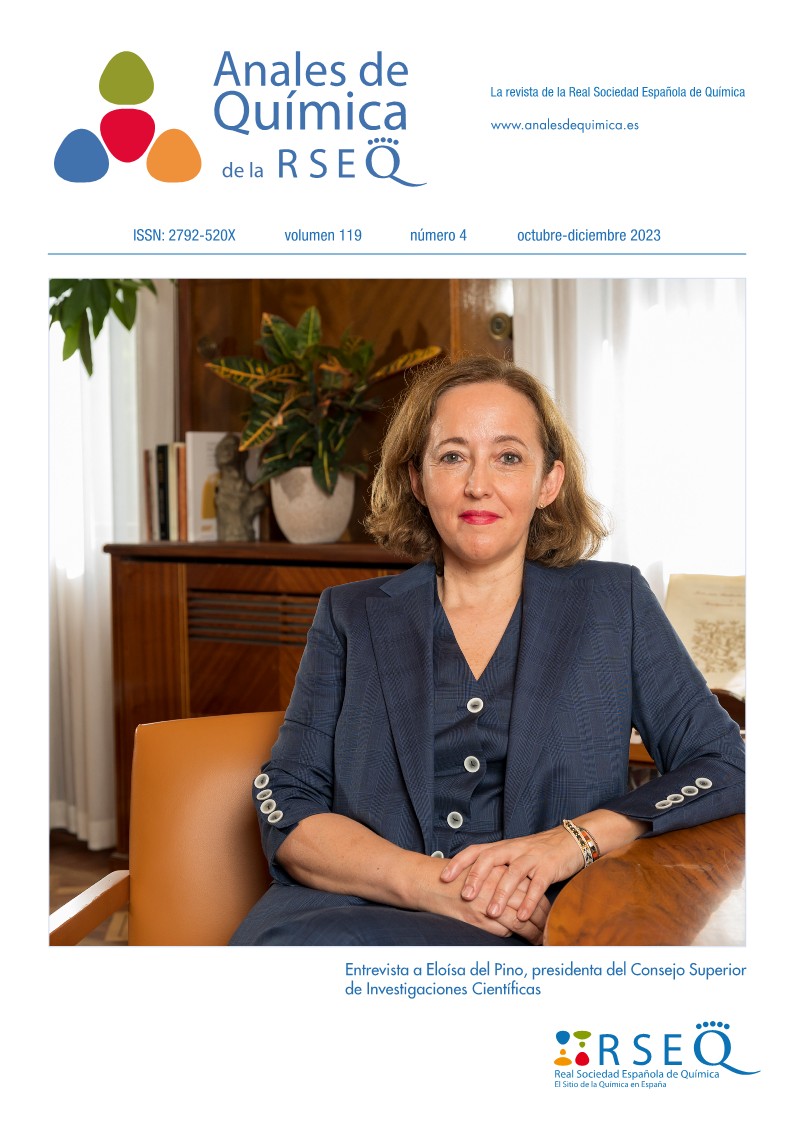Abstract
The Universe is molecularly rich. Its chemical diversity and complexity are reflected in the almost 300 species detected in the interstellar medium, some forming on the surfaces of interstellar dust grains. Astrochemistry is traditionally studied through astronomical observations, combined with astrochemical models and experiments, but they have some limitations. Computational chemistry simulations provide quantitative information at the atomic scale (structure, energetics and dynamics) of the processes occurring on the surface of the grains. Here, we present some of these potentials regarding surface modelling, adsorption and reactivity, and third-body effect.



